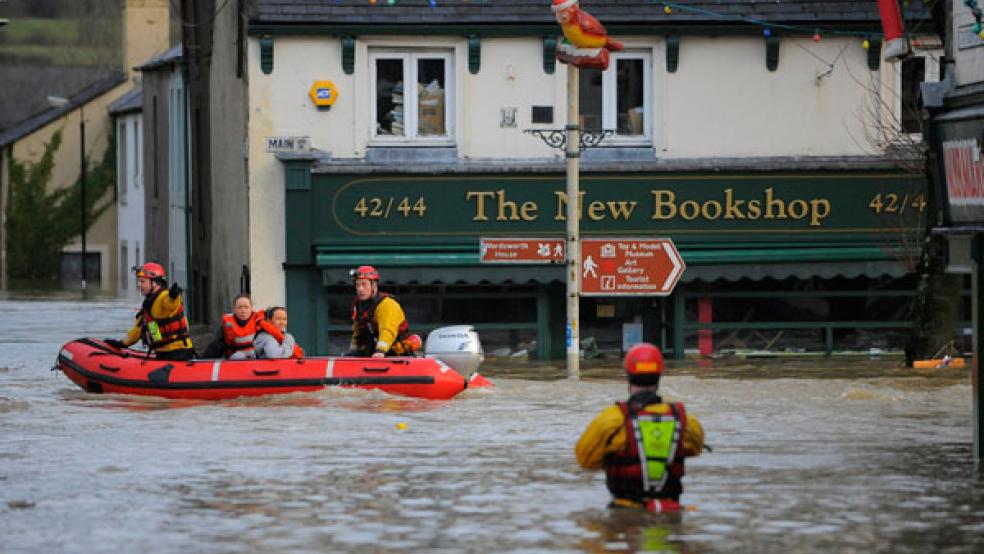The National Flood Insurance Program is in crisis. After years of historic storms and subsidized premiums the flood insurance program is $24 billion in the red, leaving those who own homes in high-risk flood zones with inadequate protection.
After an attempt at reform in 2012 made skyrocketing premiums unmanageable for many – in some cases premiums multiplied more than 10 times within the course of a year – Congress passed a new bill earlier this year to ease the financial stress on homeowners. The result: premiums will continue to increase, but at a much slower rate than initially planned.
The new rules affect about 1.1 million policyholders, and homeowners are cheering the legislation, at least in the short term.
As another storm season “officially” starts on June, here’s what Americans who are considering buying flood insurance should know about how the reform impacts them and their wallets:
- The reform delays some premium increases.
The new legislation, formally called the Homeowner Flood Insurance Affordability Act of 2014, resets many premiums to levels from before the 2012 reform. However, increases will still go into effect to bring charges into line with risk – just more slowly than intended.
Your premiums for your primary residence will increase by at least 5 percent each year until you pay a full-risk rate. They may increase by more, provided the average increase in your flood zone isn’t more than 20 percent. Premiums for your vacation home or business will continue to experience annual increases of around 25 percent until you’re paying a full-risk rate.
Related: 10 Crazy Insurance Policies You Didn’t Know Existed
- It reinstates grandfathering, which ended in 2012.
Homeowners again have the ability to pass subsidized rates on to new owners when selling a home, though the new owners will see premium increases over time. This is good news for your property values. - It authorizes some refunds.
Some homeowners who bought new policies in high-risk areas – and at full-risk rates – after 2012 are entitled to refunds. Those who were subject to more than 18 percent rate increases on policy renewals may also qualify. - It creates a new annual fee.
To offset the flood insurance program’s loss of income from higher premiums, all policies will have an annual surcharge of $25 for primary residences and $250 for other policies until subsidies are eliminated.
If you’re buying a home in a new high-risk zone, you won’t be hit with full-risk rates immediately. You’ll see gradual increases, though, similar to those of other currently subsidized primary residences. Also, if you’ve dropped flood insurance coverage, you may renew at the same rate, though you’ll still be subject to increases down the line.
Related: Grassroots Action Key to Unemployment Insurance Fight
While the new regulations passed earlier this year solved some of the immediate problems facing policyholders, many have noted that the rules still place both them and the U.S. in a bind. On one hand, premiums will become unaffordable for many over the long term. On the other, until the flood insurance program erases its deficit, it will be in no position to bail out communities when disaster strikes, and taxpayers may have to fill the gap.
By delaying substantial rate increases, the government only postpones theinevitable. It also hopes for years of quiet weather, which seems like more and more of a losing gamble.
Alice Holbrook writes about investing and insurance issues for NerdWallet, a website dedicated to helping consumers save money and make smart financial decisions.
Top Reads from The Fiscal Times:
- Shocker! Most Americans Say Federal Taxes Are Too High
- Offshore Tax Havens Cost You $1,259 a Year
- When Selling Your Home on Your Own Makes Sense




